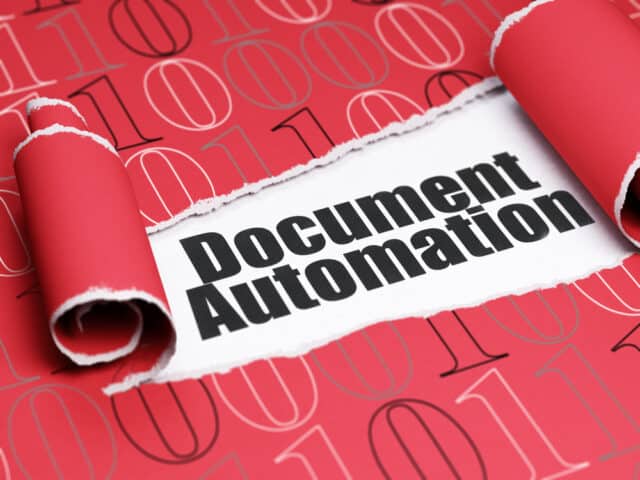How document automation can take the pressure off IT teams [Q&A]

The shift to remote work, the Great Resignation and high staff turnover have meant that many IT teams have seen a big increase in their workloads over the last few years.
Automation is often seen as a way of addressing the problem, but can it really help to reduce workloads and get IT departments back on track? We spoke to Shawn Herring, CMO of document workflow specialist airSlate, to find out.
BN: Why are document workflows such a problem?
SH: The problem is that, oftentimes, anything dealing with documents is time-consuming and becomes a manual, repetitive task. This type of tedious work takes the focus away from business growth strategies and other revenue-generating opportunities. And, frankly, manual tasks are uninteresting. So, you have work that takes time, you have to do it often, and it's necessary work but it doesn't move the needle. It ends up costing your organization time and money.
BN: What advantages can automating document workflows deliver?
SH: Most significantly, automating document workflows can save time and money. When your employees are no longer wasting hours on repetitive tasks, they can focus that time on operational efficiencies that ultimately impact your organization's bottom line.
When you automate workflows, you drastically reduce human error that tends to occur when you’re doing something manually. Again, these errors can be costly and time-consuming, so this matters.
An overlooked benefit of automation is the increase in job satisfaction employees feel. Look, no one wants to chase anyone down to get work done. Often with documents, whether it's a contract or a component of a project, a person is required to route it from point A to point B.
With automation, the next step in the workflow is automatically triggered based on a person's action. It eliminates the need for anyone to chase anyone else down. Thankfully, your employees can get back to the work they love.
BN: How important is it to understand your existing process before attempting to automate it?
SH: There are a number of reasons to understand existing processes before transitioning to automation.
First of all, it's important to understand what you're hoping to accomplish with automation. What exactly do you want your workflows to do? Who will be setting them up? Who will be using them? What are our goals? How long are we giving ourselves for the transition?
Next, it's important to measure where you are now so that you can measure where you go next. What I mean by that is you should have identifiable metrics before and after so that you can measure the success of your automation implementation.
For example: Using existing processes, how long does it take to complete a document? Now using automation, how long does it take?
In general, as a leader it's always a good idea to have a deep understanding of your processes so that you can make data-informed decisions that drive operational excellence.
BN: Where do things like 'smart contracts' fit into this?
SH: I love automation for contracts. Contracts are a great example of a manual, repetitive task. If you’re often sending out service agreements or if you’re in sales and are closing deals, you’re sending out contracts constantly and it’s often the same document but customized to the client you’re sending to. There's potential for you to input the wrong information, send to the wrong client, or skip a field.
With automation, there are many fields that can be pre-filled for you. This significantly reduces the time it takes to prepare a contract and the likelihood of any errors being made.
On the customer's end, they'll be prompted to complete all the necessary fields before being able to return the contract, meaning documents get signed and completed quickly with a lot less back and forth.
BN: How do you measure the success of a document automation project?
SH: In our own teams at airSlate, we're looking at resource utilization, time to completion for projects, and volume of documents completed. It's helpful to have pre-automation benchmarks to compare against to be able to truly understand the impact of automating workflows.
We have a customer -- a university -- who had a clunky contracts process. By automating their workflows, they calculated that each of their five staff members were saving 10 hours of work total per contract. Assuming each staff member gets paid $50 per hour, that’s $500 saved per contract. So, for every 100 contracts completed, the university saves $50,000. They've been hugely successful.
Image credit: maxkabakov/depositphotos.com
